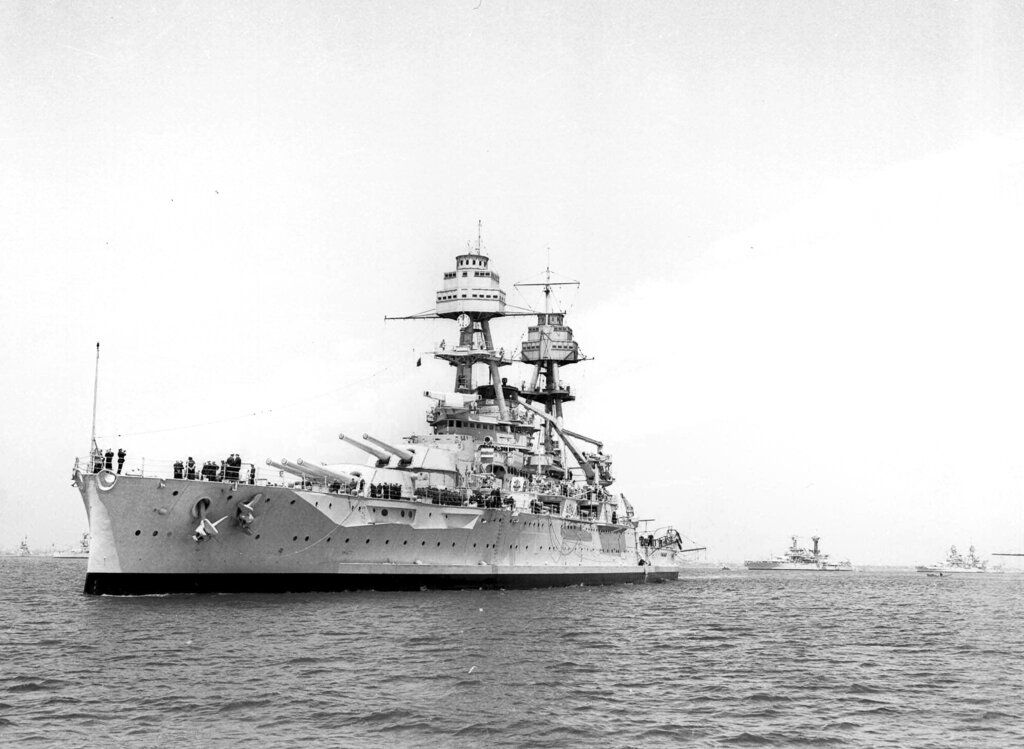The United States is observing the 80th anniversary of the Pearl Harbour attack, an event that profoundly shaped the course of World War II. On December 7, 1941, the Japanese military launched a surprise offensive on a US naval station in Hawaii, killing 2,403 American service members and civilians. The US declared war on Japan a day after the Pearl Harbour attack. Three days later, after Germany and Italy declared war on it, the US declared war on the two countries, marking the start of its full-blown engagement in Second World War that ended with the victory of Allied forces in 1945.
Also Read: Edward Shames, last remaining member of World War II’s ‘Band of Brothers,’ dies
Tensions between Japan and US had been mounting over the former’s growing assertiveness against Western colonial powers, such as Britain, in Asia. The US imposed economic sanctions and trade embargoes on Japan following the country’s invasion of China in 1937. Japan reacted by forging an alliance with Germany and Italy in 1940, known as the Tripartite Pact.
The entire US Pacific Fleet was stationed around Ford Island in Pearl Harbour, at the time of the Japanese attack, with hundreds of airplanes lined up on nearby airfields.
Also Read: World War II-era bomb explodes in Germany, 3 people injured
A huge 1,800-pound bomb hit the USS Arizona battleship, killing more than a thousand men. The Japanese bombing of USS Oklahoma killed 429 sailors and Marines.
Japanese planes destroyed the US fleet in less than two hours, with significant damage to USS California, USS West Virginia, USS Utah, USS Maryland, USS Pennsylvania, USS Tennessee and USS Nevada.
Also Read: World War to US Senate: A brief of Robert Dole’s journey
In the first two days after the bombing, a civilian crew from the Pearl Harbor Naval Shipyard rescued 32 men trapped inside the USS Oklahoma. Most of those who perished were buried in anonymous Honolulu graves marked as “unknowns” because their remains were too degraded to be identified by the time they were removed from the ship between 1942 and 1944.
In 2015, the Defense POW/MIA Accounting Agency exhumed 388 sets of these remains, and succeeded in identifying 361 with the help of DNA technology and dental records.
Then-U.S. President Franklin D. Roosevelt dubbed December 7 “a date which will live in infamy.”







